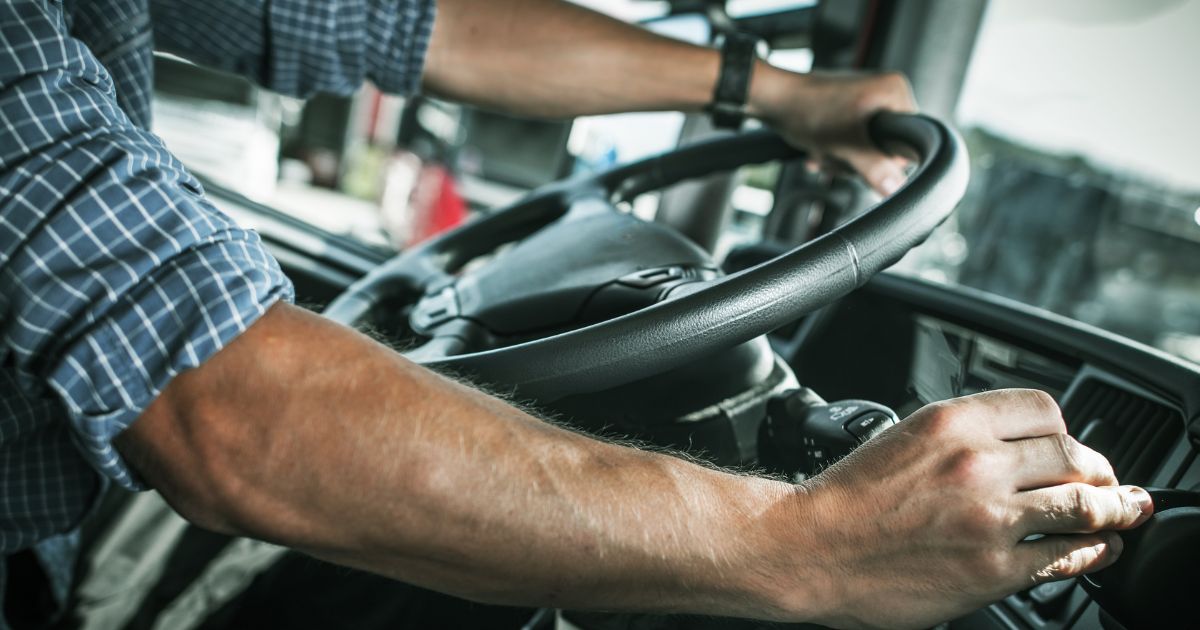Types of Car Accidents and How to Deal With Them

More than 46,000 people die in car accidents in the United States every year. Others receive serious injuries, and property losses add up as well.
You may have already been involved in a car accident, or you may fear that you’re heading towards one. If so, you need to understand these car accidents in order to know what to do.
Keep reading to learn more about the different types of car accidents and how you can protect yourself and your family.
Single-Vehicle Accidents
Single-vehicle accidents are the most common types of car accidents. They can happen when a driver loses control of their vehicle, hits a pothole or object in the road, or slides on ice or snow.
The best way to deal with a single-vehicle accident is to stay calm and call for help. If you can, move your vehicle to the side of the road and turn on your hazard lights. Once help arrives, exchange insurance information and file a police report if necessary.
Multi-Vehicle Accidents
There are many different types of car accidents, but multi-vehicle accidents are some of the most dangerous. In this accident, there is a risk of serious injury or death for all involved.
In the event of a multi-vehicle accident, it is important to stay calm and call for help. Do not try to move your vehicle or get out of the way until help arrives.
If you are able, take pictures of the accident scene and get the contact information of any witnesses. Once the police and ambulance arrive, follow their instructions and do not leave the scene until it is safe to do so.
Head-On Collisions
One of the most dangerous and devastating types of car accidents is a head-on collision. In a head-on collision, two vehicles collide with each other head-on, often at high speeds. This can result in serious injuries or even death.
In the event of a head-on collision, it is important to seek medical attention immediately, even if you think you are not injured. Some injuries, such as internal bleeding, may not be immediately apparent. After seeing a medical professional, you should contact this car accident lawyer to discuss your legal options.
Rear-End Collisions
Rear-end collision happens when the front of one car hits the back of another car. Rear-end collisions are often caused by tailgating, texting while driving, or other distracted driving.
The first thing you should do is check yourself and your passengers for injuries. If everyone is okay, exchange insurance information with the other driver and file a police report.
Side-Impact Collisions
Side-impact collisions are among the most dangerous types of car accidents. They happen when one vehicle strikes another from the side. They often occur at intersections when one vehicle collides with the side of another.
These types of accidents can cause serious injuries, including traumatic brain injuries, broken bones, and internal bleeding. They can often result in serious injuries or even death.
If you are involved in a side impact collision, there are a few things you can do to help reduce the severity of the accident. First, try to slow down as much as possible before the collision. This will help to reduce the force of the impact.
Second, make sure you are wearing your seatbelt. This will help to keep you in your seat and prevent you from being ejected from the vehicle.
Third, if possible, try to avoid the impact by swerving out of the way. This may not always be possible, but if you can avoid the collision, it will help to reduce the severity of the accident.
Side-Swipe Accidents
Side-swipe accidents are the most common type of car accident. They usually happen when one car is trying to pass another car, or when one car is trying to change lanes. These accidents can be caused by a number of factors, including poor weather conditions, distraction, or even intentional recklessness.
Side-swipe accidents can be very dangerous because they can cause cars to spin out of control. If you are in a side-swipe accident, the best thing to do is to stay in your lane and try to control your car.
If you can, try to move to the side of the road and stop. If you cannot control your car, then you should try to get out of the way of oncoming traffic.
Rollover Accidents
Rollover accidents are often caused by a vehicle losing traction and flipping over. This can happen for a number of reasons, including speeding, driving on a slippery road, or hitting a curb.
These kinds of accidents can be devastating, causing serious injuries or even death. If you are involved in an accident, it is important to stay calm and call 911.
Do not try to get out of the vehicle unless it is on fire. Wait for emergency personnel to arrive and follow their instructions.
Blind Spot Accidents
Blind spot accidents occur when a driver is changing lanes and doesn’t see another car in their blind spot. This can lead to a serious collision.
To avoid a blind spot accident, it’s important to always check your mirrors and blind spots before changing lanes. If you see another car in your blind spot, don’t change lanes. Wait until the other car has passed or changed lanes.
Low-Speed Accidents
When you’re in a low-speed collision, it may not seem like much has happened. But even at slow speeds, car accidents can cause serious damage.
The most common type of low-speed collision is a bumper bender. This often happens in parking lots or in slow-moving traffic. They can cause damage to your car’s bumper, grille, headlights, or taillights.
If the damage is minor, you may be able to fix it yourself. But if the damage is more than cosmetic, you’ll need to see a mechanic.
Dealing with the Different Types of Car Accidents
There are many different types of car accidents, and each one requires a different approach to handle them. Depending on the severity of the accident, there are different steps that need to be taken in order to ensure everyone’s safety. If you or someone you know has been in a car accident, it is important to seek medical attention and legal counsel to ensure you are protected.
For more tips and advice on how to handle your insurance and other technical information, check out more of our blog posts today.




